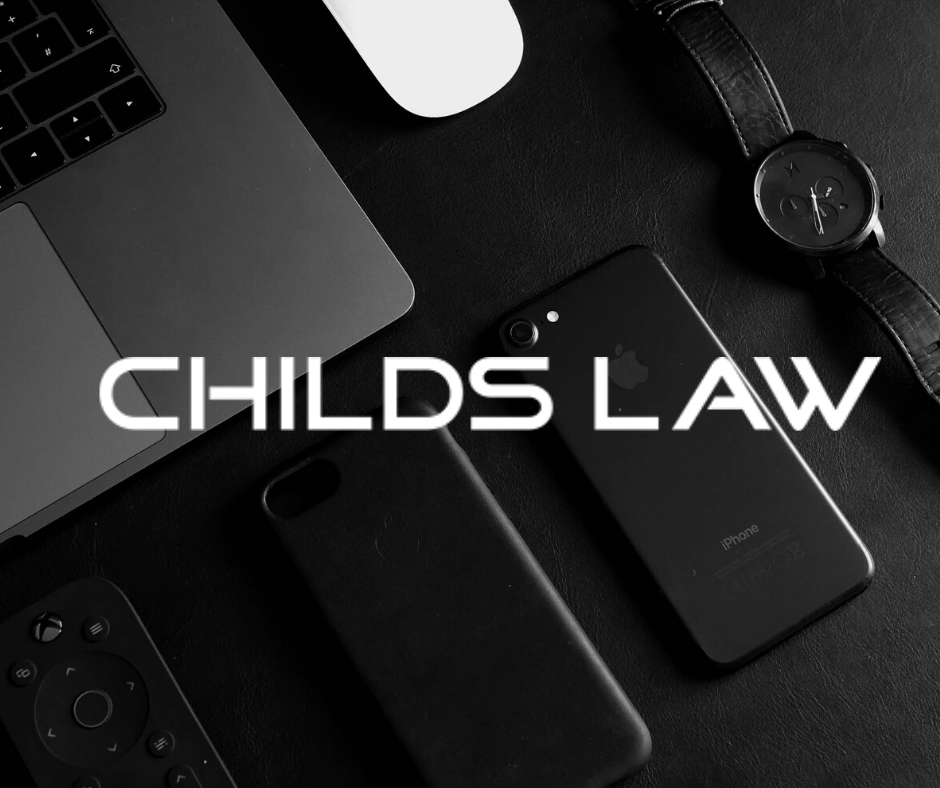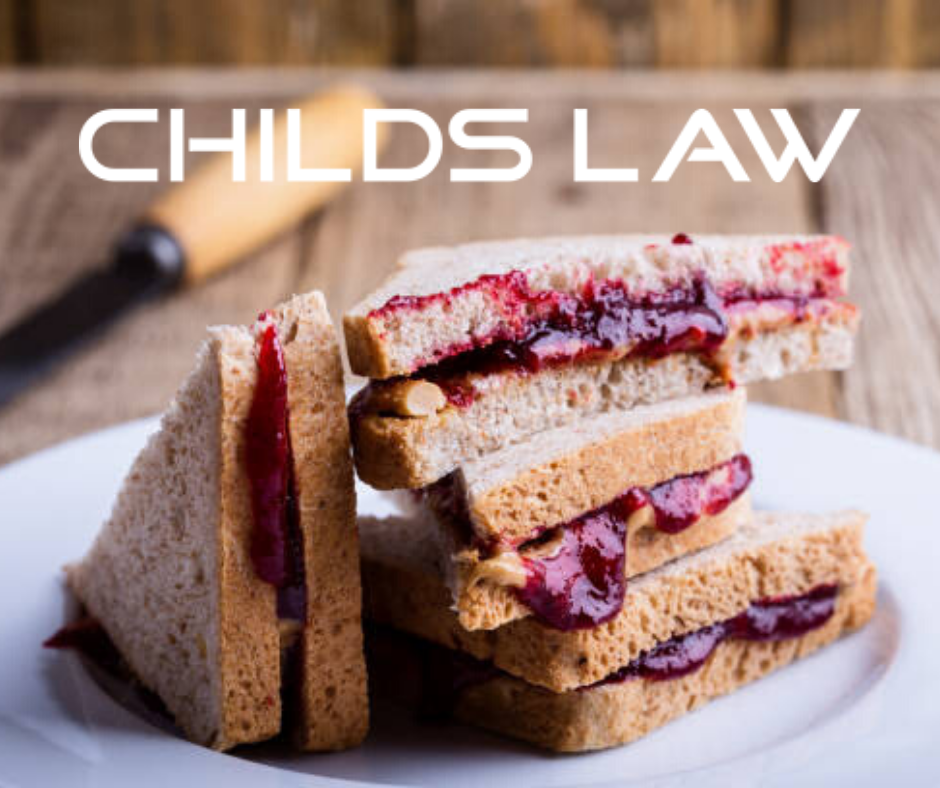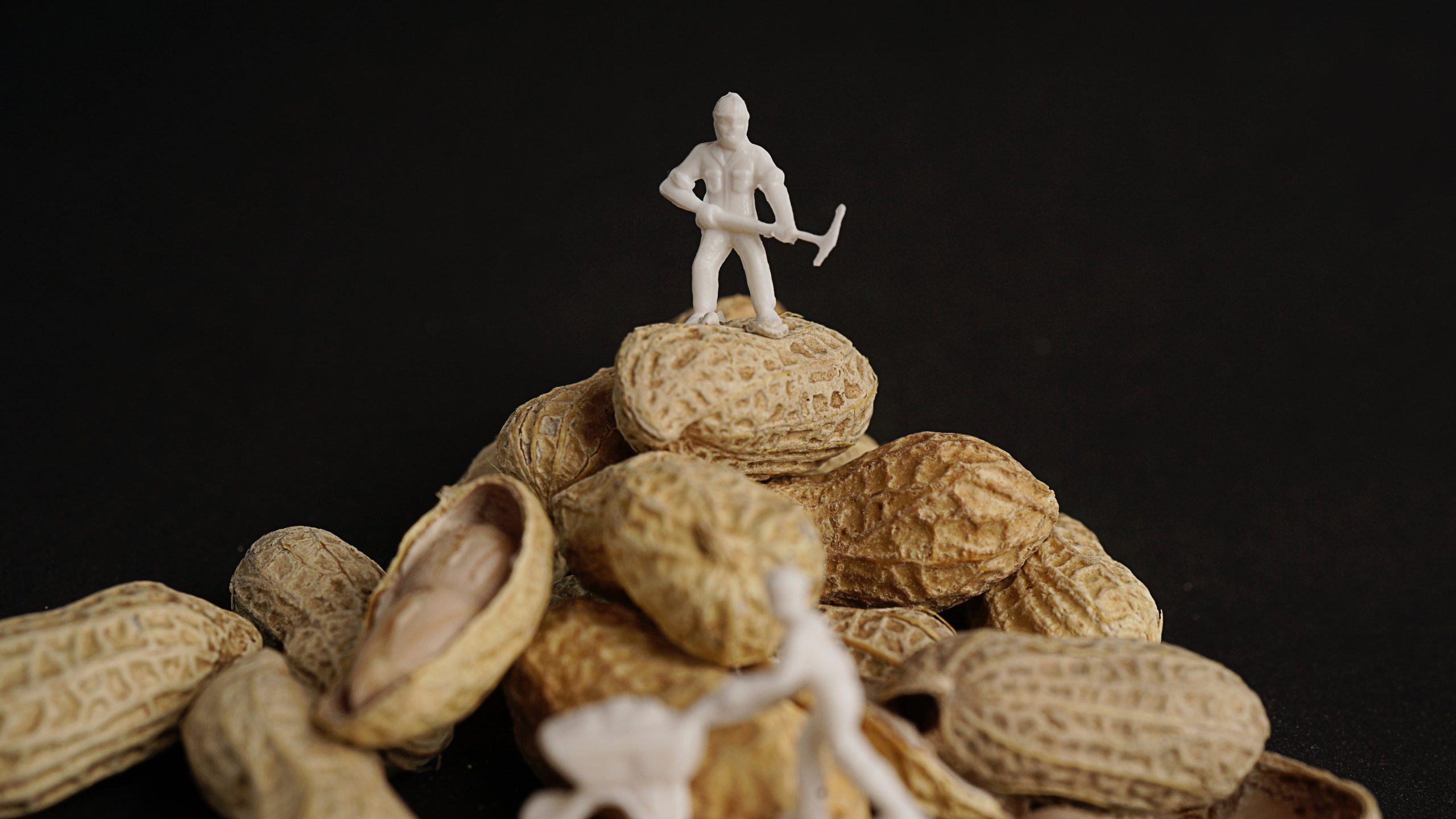Part 7: How To Prevent Design Around
You can listen to this blog below: How to Patent an Idea: A Guide for Beginners This is the seventh post in my series How to Patent an Idea: A Guide for Beginners. In the previous articles I’ve discussed how to understand patents, common types of claims, protecting your product or method, and many other topics. Hopefully by now you’re feeling a little more informed about the patent claim process. In this article we’ll discuss how to prevent design around. How Can I Prevent Design Around? The term “design around” is commonly used when referring to some minor change that allows a competitor to avoid infringing the claims of your patent. Depending on your technology, you may not be able to prevent all design around, however you can make it as hard as possible for your competitors to steal your invention. In exchange for disclosing your innovation to the public, the government will grant you a patent that allows you to sue others for using or selling your invention without first requesting permission. The purpose of the patent law system is to encourage the public disclosure of innovation, not to protect you from competition. This may seem like a subtle…







